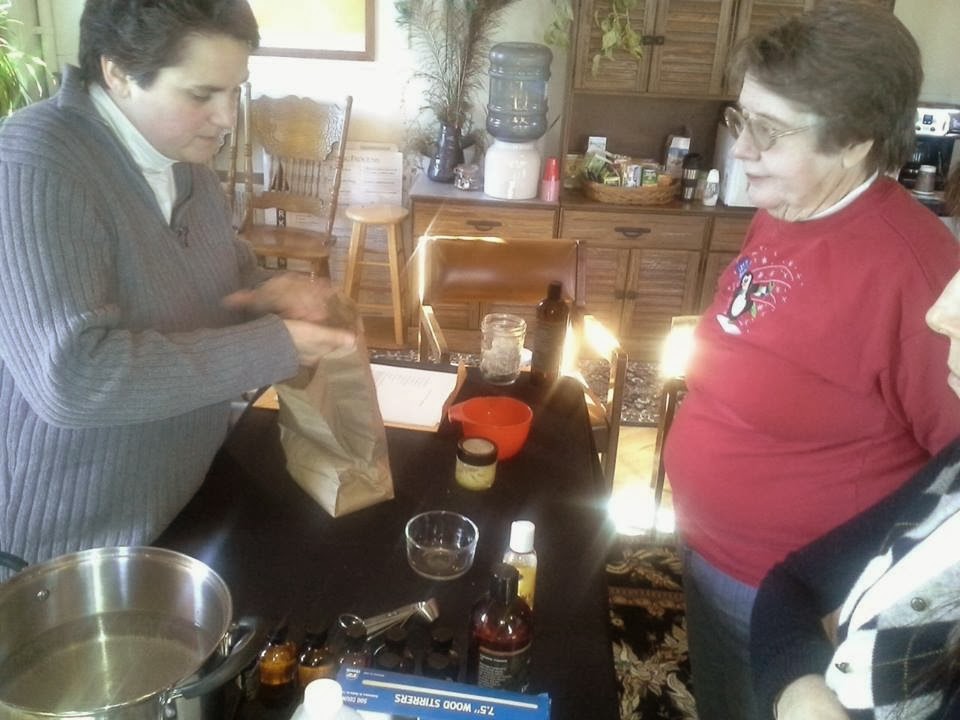Pat Armstrong, foraging instructor at the Resiliency Institute in Naperville
Evening potluck with wild foraged food featured.
I just got back from the Midwest Wild Harvest Festival that was held at the Badger Camp near Prairie du Chien. This annual event gathered nearly 130 people all interested in learning to live a more self sustainable lifestyle by incorporating wild foods into their diets. The weekend event takes place at the Wisconsin Badger Camp and features top rate foraging instructors from the area as well as a guest speaker from New York. This is a family friendly event where the kids go to day care while their parents go on classes to learn to identify, process and store wild foods.
With five outstanding instructors it was really hard to choose from the classes offered. I have a pretty solid grasp of identification of plants so this year I focused on learning new recipes and ways to store the food that I gather. My favorite class was a food preservation class given by our guest speaker, Leda Meredith. She discussed the main ways to preserve food and then went into specifics. I now feel comfortable and confident to begin using fermentation as a means to preserve the wild edibles I gather. She also introduced us to a wonderful new way to eat plantain. You take the plantain leaves and dip them in olive oil and sprinkle with salt. Then put them in an oven at 250 degrees for up to 10 minutes. Delicious!
The weather was chilly for this time of year but we still got out and did quite a bit of walking and collecting wild edibles. Sumac was in its prime as well as wild grapes, apples, and ground nut. Soon it will be time for the roots such as Jerusalem artichoke and burdock. Another amazing event and I am already looking forward to next year!






















